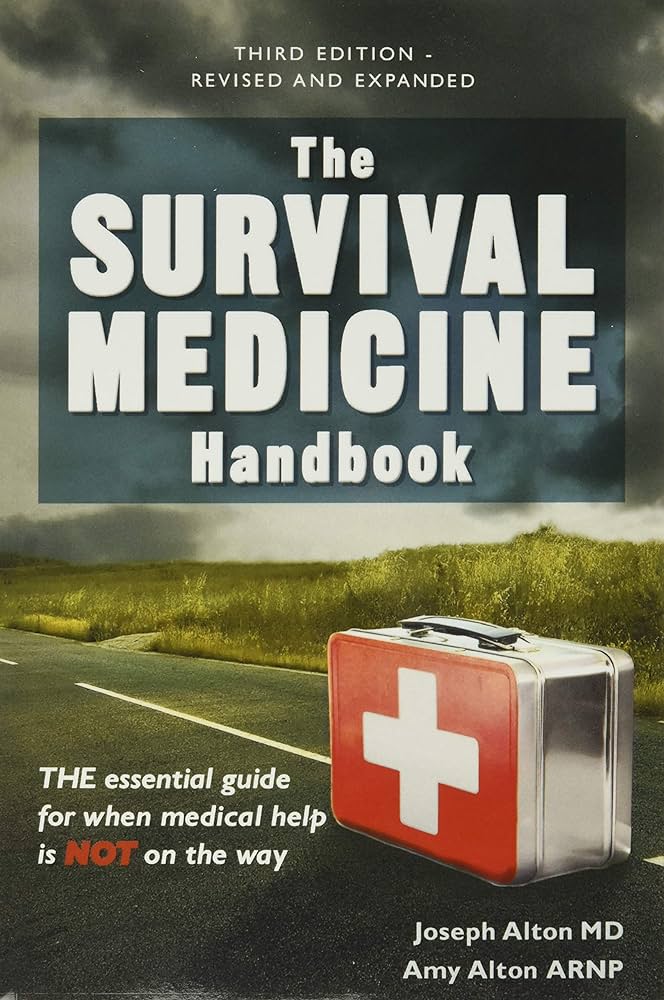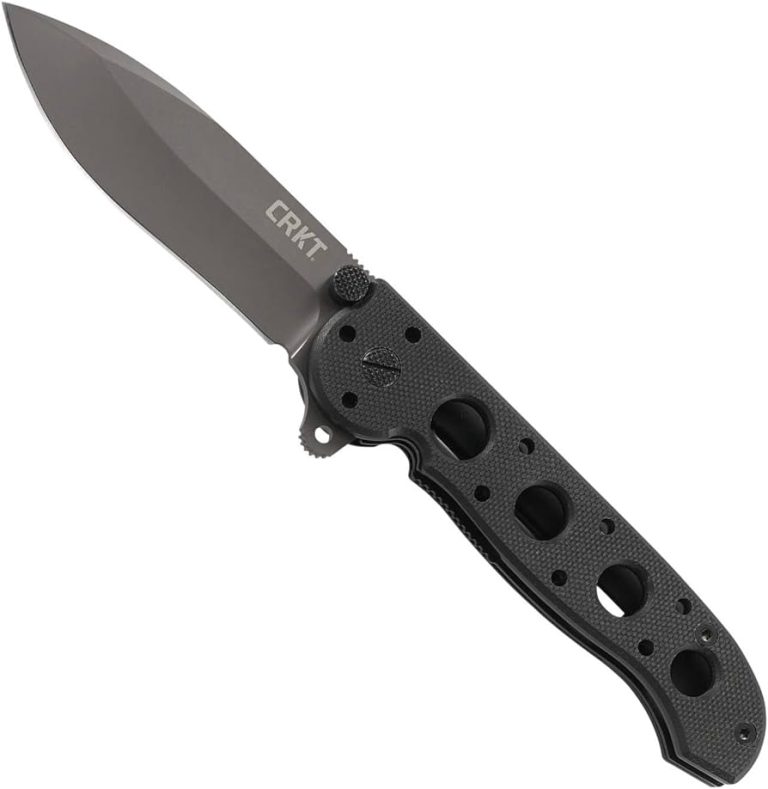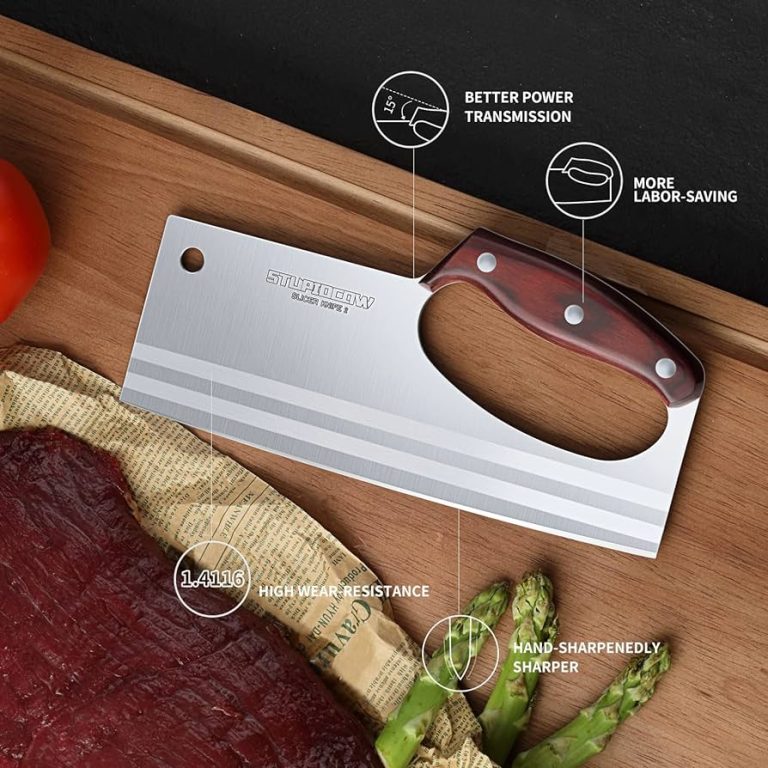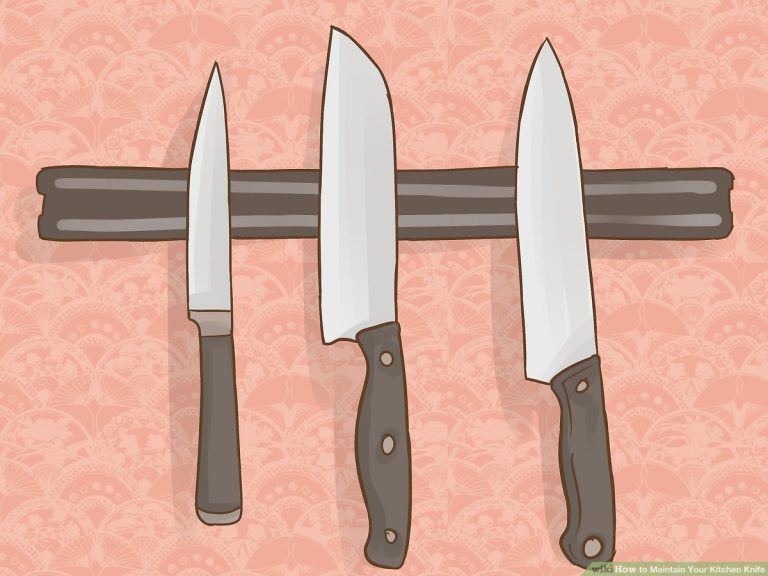How to Sharpen Single Bevel Knife
To sharpen a single bevel knife, use a sharpening stone and maintain a consistent angle while grinding. Single bevel knives are sharpened by grinding on one side only, making it important to maintain the correct angle throughout the process.
Single bevel knives require special attention when it comes to sharpening. Whether you need to sharpen a traditional Japanese kitchen knife or a chisel, the process remains the same. By following a few simple steps, you can keep your single bevel knife sharp and effective for all your cutting needs.
In this guide, we’ll walk you through the process of sharpening a single bevel knife using a sharpening stone. With a little practice and patience, you can achieve a razor-sharp edge on your single bevel knife for precise cutting.
The Importance Of Sharpening Single Bevel Knives
The Importance of Sharpening Single Bevel Knives
Single bevel knives are known for their precision cutting and versatility compared to double bevel knives. The main difference lies in the blade design, with single bevel knives having a flat side and an angled side. Sharpening single bevel knives is crucial to maintain their superior cutting performance.
One of the benefits of using single bevel knives is improved stability and control during cutting tasks. The angled side of the blade allows for more precise cuts, whether it’s for delicate slicing or intricate cuts. By sharpening the single bevel blade regularly, you ensure that it retains its sharpness and effectiveness.
Maintaining a sharp edge on single bevel knives is essential for optimal performance. A sharp blade reduces the risk of accidents and injuries, as it requires less force to cut through ingredients. Additionally, a sharp edge ensures clean and accurate cuts, enhancing the presentation of your dishes.
| Benefits of using single bevel knives: |
|---|
| Improved stability and control |
| Precision cutting for delicate slices and intricate cuts |
| Reduced risk of accidents with a sharp edge |
| Enhanced presentation of dishes |
Understanding Single Bevel Knives
A single bevel knife is defined as a type of knife that has only one side sharpened to form a cutting edge, while the other side remains flat. This unique design allows for precise and efficient cutting, making single bevel knives popular among professional chefs and sushi enthusiasts.
There are different types of single bevel knives available, each serving a specific purpose. Yanagiba knives, for example, are long and thin, perfect for slicing sashimi and making precise cuts. Deba knives, on the other hand, have a thick blade suitable for filleting and butchering fish.
The common uses of single bevel knives include slicing raw fish, creating thin and consistent cuts of meat, and performing intricate vegetable carving. Chefs appreciate these specialized knives for their ability to excel in specific cutting tasks, providing them with the precision and control needed to create stunning culinary masterpieces.
Tools And Materials Needed For Sharpening
To sharpen a single bevel knife effectively, you will need a few essential tools and materials. Sharpening stones play a crucial role in achieving a razor-sharp edge. There are various types of sharpening stones available in the market, including wet stones, oil stones, and diamond stones. Each type has its advantages, so choose the one that suits your preference. Additionally, consider the grit size of the sharpening stone. Coarse grit stones (300-1000) are ideal for repairing damaged edges, while fine grit stones (4000-8000) are perfect for refining and polishing the edge.
Another important tool is a honing guide, which helps maintain consistent angles while sharpening. This guide ensures proper alignment and reduces the risk of error. Make sure to follow the manufacturer’s instructions for correct usage.
Lastly, don’t forget about safety equipment. It’s crucial to protect yourself during the sharpening process. Wear protective gloves to safeguard your hands from accidental slips or cuts. Utilize goggles or safety glasses to shield your eyes from any potential debris or particles. Prioritize safety to prevent any unnecessary injuries.
Step-By-Step Guide On Sharpening Single Bevel Knives
Preparing the knife for sharpening:
- Start by thoroughly cleaning the knife to remove any dirt or debris.
- Inspect the blade for any chips or nicks that may require repair.
- Secure the knife firmly in place using a clamp or holder to ensure stability during sharpening.
Determining the correct sharpening angle:
- Identify the existing bevel angle of the knife – this can typically be found in the manufacturer’s specifications or through careful observation.
- Use an angle guide or sharpening jig to maintain a consistent angle while sharpening.
- For single bevel knives, the sharpening angle is often between 15 to 20 degrees.
Using the sharpening stones effectively:
- Start with a coarse grit stone to remove any dullness or imperfections on the blade.
- Hold the knife at the determined angle and slide it across the stone using smooth, controlled motions.
- Repeat the process on both sides of the blade until a burr is formed.
- Switch to a finer grit stone and repeat the sharpening process to refine the edge and remove the burr.
Proper honing techniques:
- After sharpening, use a honing rod to maintain the edge of the single bevel knife.
- Hold the knife at a slightly higher angle compared to sharpening and lightly stroke the blade along the honing rod.
- Repeat the honing process several times on each side of the blade.
Common Mistakes To Avoid
When sharpening a single bevel knife, it’s important to avoid common mistakes that can affect its sharpness. One common mistake is applying too much pressure while sharpening. **Applying excessive pressure can cause the knife to become unevenly sharpened**. It’s crucial to use a gentle and consistent pressure to ensure a uniform edge.
Another mistake to avoid is using the wrong angle **while sharpening**. The angle at which you sharpen your single bevel knife is crucial for its performance. **Using an incorrect angle** can result in an ineffective and less sharp edge. It’s essential to identify the proper angle and maintain it consistently throughout the sharpening process.
Over-sharpening or under-sharpening are also common mistakes **when sharpening single bevel knives**. Over-sharpening can result in a fragile and easily damaged edge, while under-sharpening can lead to a dull blade. **Finding the right balance** is essential to achieve optimal sharpness and longevity for your single bevel knife.

Credit: sharppebble.com
Tips For Maintaining A Sharp Edge
To maintain a sharp edge on your single bevel knife, there are a few key techniques you should practice. Regular honing and stropping are essential to keep your knife sharp and ready for use. Honing involves using a honing rod to realign the edge of the blade, while stropping involves dragging the knife across a stropping surface to further refine the edge. Both techniques should be performed regularly to prevent the blade from dulling. Proper storage is also crucial in maintaining a sharp edge. Store your knife in a knife block or on a magnetic strip to protect the blade from unnecessary wear and tear. Additionally, be mindful of the cutting surfaces you use. Avoid cutting on hard surfaces like glass or ceramic, as these can dull the blade quickly. By following these tips, you can ensure your single bevel knife stays sharp and ready for precision cutting.
Troubleshooting And Fine-Tuning
Troubleshooting and Fine-Tuning When it comes to sharpening a single bevel knife, it’s important to identify and fix minor blade issues. One common issue is an improper sharpening angle, which can affect the performance of the knife. To fix this, you need to adjust the angle of the sharpening process. Start by identifying the correct angle for your specific knife. This can usually be found in the manufacturer’s instructions or by consulting a professional. Once you know the angle, begin adjusting the sharpening process accordingly. Another important aspect is testing the sharpness of the blade. A sharp knife should easily slice through paper or slide off the edge of a tomato without resistance. If your knife fails these tests, it may need further sharpening. By troubleshooting and fine-tuning your single bevel knife, you can ensure optimal performance and a razor-sharp edge. |
Conclusion
Mastering the art of sharpening a single bevel knife may seem daunting at first, but with practice and the right technique, you can achieve razor-sharp precision. Remember, maintaining a sharp single bevel knife is crucial for optimal performance, efficiency, and safety.
By following the step-by-step process outlined you can ensure that your knife remains in top condition for years to come. Regularly inspecting your knife, choosing the appropriate sharpening tools, and using the correct sharpening angle are essential for achieving the desired result.
Furthermore, taking your time and being patient throughout the sharpening process will yield the best outcome. So, equip yourself with the knowledge and skills required to sharpen a single bevel knife effectively. With practice, you’ll be able to slice, dice, and chop with confidence, knowing that your knife is at its sharpest.
Happy sharpening!






